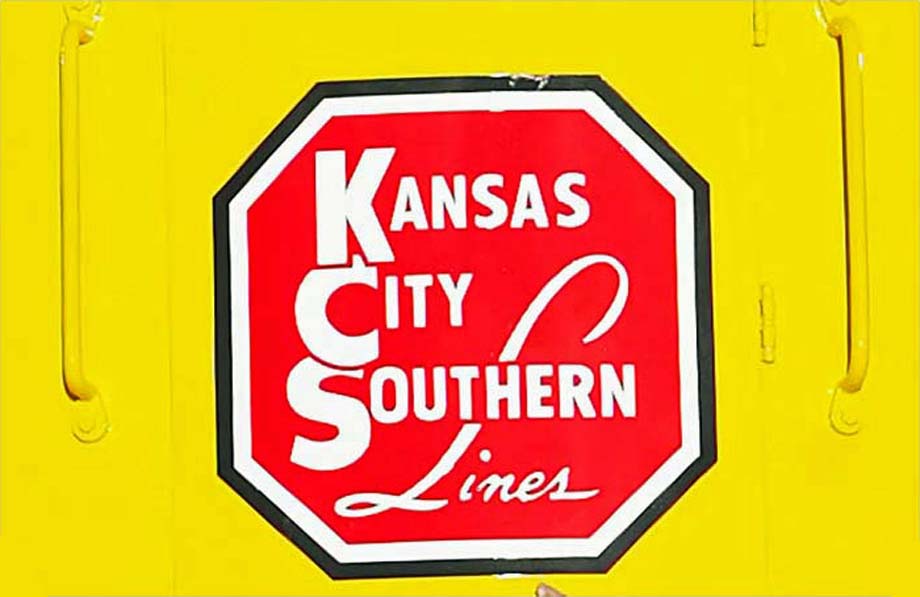
North America - If the merger mavens at Canadian Pacific (CP) and Kansas City Southern (KCS) have
finished popping the corks on the champagne bottles following the U.S. Surface Transportation Board's (STB) approval of
their dream merger, they might ponder the hangover ahead.
Railway mergers aren't new or necessarily bad.
Consolidating local lines into regional systems brought expanded markets and financial strength during the industry's
pioneer period.
However, mergers are now often substitutes for effective solutions to railroading's pervasive problems.
Railways lost their competitive primacy nearly a century ago, when governments started overfunding highways, aviation,
and inland waterways with public money without recovering even half of what is spent.
The result is railway companies have become asset strippers, shedding employees, light-density lines, low-yield
traffic, and other once-viable components of their systems.
Mergers since the 1960s have masked this disease instead of curing it.
Fusing weak railways into larger ones has often produced new railways facing the same unresolved funding imbalances
that weakened their components.
The most infamous example is the three-railway Penn Central merger of 1968.
Thirty months after the merger, it produced the largest U.S. bankruptcy prior to WorldCom in 2002.
It also pulled down other wobbling railways in an interconnected, continent-wide, system dependent on the health of
each component.
Because the industry's basic problems aren't even being discussed, it's difficult to believe CP's nebulous promise to
take 64,000 trucks off the publicly funded highways.
That boast is difficult to swallow when the merged system's deficiencies are considered.
Its keystone is KCS's Midwest-Gulf Coast route, which is inferior to CN's former Illinois Central line from Chicago to
Louisiana and Texas.
The strongest KCS card is its Mexican main line, acquired in the 1996 privatization of Mexico's national
system.
CP previously botched the acquisition of two U.S. railways in 1991 and 2007, which might raise questions about its
merger capabilities and its PR rhetoric.
They have since sold off most of these acquired lines.
CP began sinking unabatedly to operational depths after 2013, when the late Hunter Harrison became chief executive
after his raucous term helming CN.
To the delight of investors and the anger of shippers and employees, Mr. Harrison brought along an oxymoronic
operating plan he called Precision Scheduled Railroading (PSR), which isn't about running a precisely scheduled
railway at all.
Its hallmark is the operation of monstrously long trains to reduce "train starts", meaning fewer locomotives
and crews.
It may temporarily delight investment advisers, but it wreaks long-term havoc by jettisoning valuable physical and
human resources.
In their merger promotional campaign, CP and KCS ballyhooed their intention to maintain PSR.
Meanwhile, it has been abandoned by CN and was never adopted by Burlington Northern Santa Fe, considered by many rail
analysts to be North America's best-run and maintained system.
Norfolk Southern recently jettisoned PSR in favour of a service, productivity, and growth strategy, leaving CPKC, CSX,
and Union Pacific as PSR outliers.
Given CP's continuing impact on Canada, it's shocking that our federal government conducted no pre-merger reviews
similar to those of the U.S. and Mexican governments, nor set any merger conditions.
The merged corporation has its eyes pointed north-south, not east-west, although headquarters will ostensibly remain in
Calgary.
This is a railway coupling that will reshape a potent economic instrument once accurately known as the National Dream,
the Wedding Band of Confederation, and the World's Most Complete Transportation System.
Even in their diminished role, railways remain vital to economic sustainability and global
competitiveness.
This merger will affect Canada's economic destiny, as did the driving of CP's last spike in 1885.
It's time to ask some relevant questions, such as whose hand is on CP's throttle?
And what are their intentions, beyond short-term dividend generation?
Greg Gormick.
(likely no image with original article)
(usually because it's been seen before)
provisions in Section 29 of the
Canadian Copyright Modernization Act.

